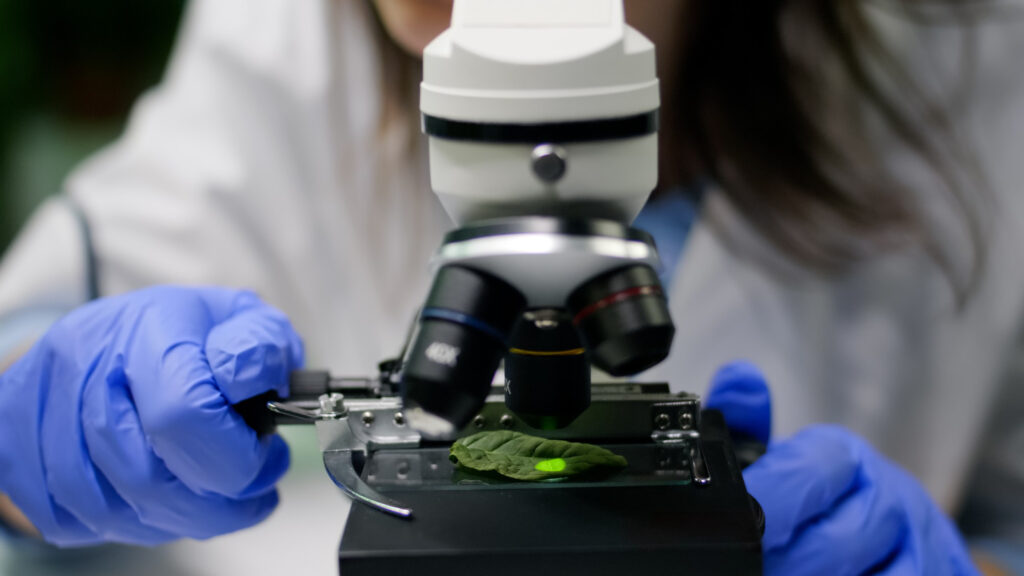The Science Blog

The Debate on Designer Babies: Ethics & Science
The idea of “designer babies” has led to strong debates worldwide. This is especially true in bioethics and biotechnology policy. As science moves forward quickly, changing the genes of unborn children brings up serious ethical questions and scientific challenges. This blog explores the complexities of designer babies. We’ll look at ethical issues, scientific possibilities, and the wider effects of genetic engineering.
The term “designer babies” refers to the use of genetic engineering techniques to select or alter specific traits in embryos. This could range from eliminating genetic disorders to enhancing physical and cognitive attributes. Erasing hereditary diseases sounds great, but designing babies to match what parents want brings up big ethical issues. Is it right to meddle with nature to such an extent? What are the societal implications of creating genetically modified humans? These questions lie at the heart of the bioethics debate.
Key Benefits / Why It Matters
The Potential of Genetic Engineering
Genetic engineering holds the promise of revolutionising medicine and human health. By editing genes, scientists can potentially eradicate genetic disorders. This offers hope to millions of families affected by hereditary diseases. Conditions such as cystic fibrosis, Huntington’s disease, and sickle cell anaemia could become things of the past. This potential to alleviate human suffering is a compelling argument in favour of genetic engineering.
Genetic engineering can boost human abilities. It may improve physical health and cognitive skills and even increase lifespan. Imagine a future where diseases are rare, and people live longer, healthier lives. The potential benefits are immense. They are not without significant ethical and social considerations.
Ethical Implications
The bioethics debate surrounding designer babies is complex and multifaceted. One of the primary concerns is the notion of “playing God” by altering the natural course of human development. Critics say genetic engineering might cause unexpected problems for people and society. Many worry that changing human genetics might upset nature’s balance. This could cause unexpected health problems or harm the environment.
Another ethical concern is the potential for inequality. If genetic enhancements become a reality, they may only be accessible to the wealthy, exacerbating social divides. This might cause a new type of discrimination. Genetically enhanced people could be viewed as superior. This may create a social hierarchy based on genetic traits.
The idea of designing babies brings up questions about parental rights and the unborn child’s autonomy. Should parents have the right to choose their child’s traits, or does this infringe on the child’s right to an unaltered genetic makeup? These ethical dilemmas are at the core of the bioethics debate on designer babies.
Additional Expert Tips & Common Mistakes to Avoid
Best Practices in Genetic Engineering

For anyone in genetic engineering, following best practices is key. It ensures the ethical and responsible use of this powerful technology. Being open in research and communicating clearly with the public are key to building trust and understanding. Working with ethicists, policymakers, and the public helps us understand ethics. This teamwork ensures genetic engineering benefits everyone.
It is also vital to prioritise safety and efficacy in genetic engineering research. Testing and validation are crucial. They help reduce risks and ensure that genetic modifications are safe. This needs teamwork among scientists, regulatory bodies, and ethical review boards. They must create strong guidelines and oversight.
Common Mistakes and Misconceptions
Many people think genetic engineering is simple and always has clear results. In reality, the science of genetic modification is complex and fraught with uncertainties. Unintended genetic mutations or off-target effects can occur, leading to unforeseen health issues. We must handle genetic engineering carefully and with respect. It’s important to recognise what we still don’t know.
Another mistake is assuming that genetic engineering can solve all human health problems. While it holds great promise, it is not a panacea. Environmental factors, lifestyle choices, and social factors all impact health. They are key to our well-being. A holistic approach is key to achieving the best health outcomes. It should consider these factors along with genetic engineering.
Advanced Insights / Expert Recommendations
Navigating the Ethical Landscape
To address the ethical challenges of designer babies, a multidisciplinary approach is required. Talking with ethicists, scientists, policymakers, and the public can help us understand tough ethical issues. This teamwork can create complete ethical guidelines and policies. These will show what society values and cares about.
Public education and awareness are also critical. Society can make better choices about genetic engineering. This happens when people understand it and its effects more deeply. Scientists and policymakers need to communicate clearly. They must also work to explain the science of genetic engineering.
Balancing Innovation and Regulation
Balancing innovation and regulation is key. This helps us use genetic engineering’s potential while protecting ethical principles. Regulatory frameworks should adapt to scientific advancements. They must also ensure strong oversight and accountability. This needs teamwork among scientists, regulators, and ethicists. They must work together to change policies as new challenges and chances arise.
International cooperation is also crucial, as genetic engineering transcends national borders. Setting global standards and agreements can help make sure genetic engineering is used responsibly and ethically around the world.
Conclusion: Navigating the Future of Designer Babies with Ethical Responsibility

The debate about designer babies reflects the larger ethical and scientific issues of genetic engineering. The benefits are big, but we need to consider the ethical issues and how they affect society. We are entering a new era in biotechnology. It’s important to approach genetic engineering carefully. We must stay humble, stick to ethical principles, and follow the regulations.
Collaboration and open dialogue are essential to navigate this complex landscape. Listening to different views helps the public understand genetic engineering. This way, we can ensure it is used safely and benefits everyone. Let’s explore designer babies. We should aim for a future where innovation and ethics work together. This way, we can use genetic engineering to honour human dignity and equality.
In conclusion, the debate on designer babies is far from over. It challenges us to reflect on our values and priorities as a society and to consider the kind of future we wish to create. As we continue to grapple with these questions, let us remember that the choices we make today will shape the world of tomorrow. What kind of legacy do we want to leave for future generations? Our promise is to innovate ethically and handle genetic engineering with care.









